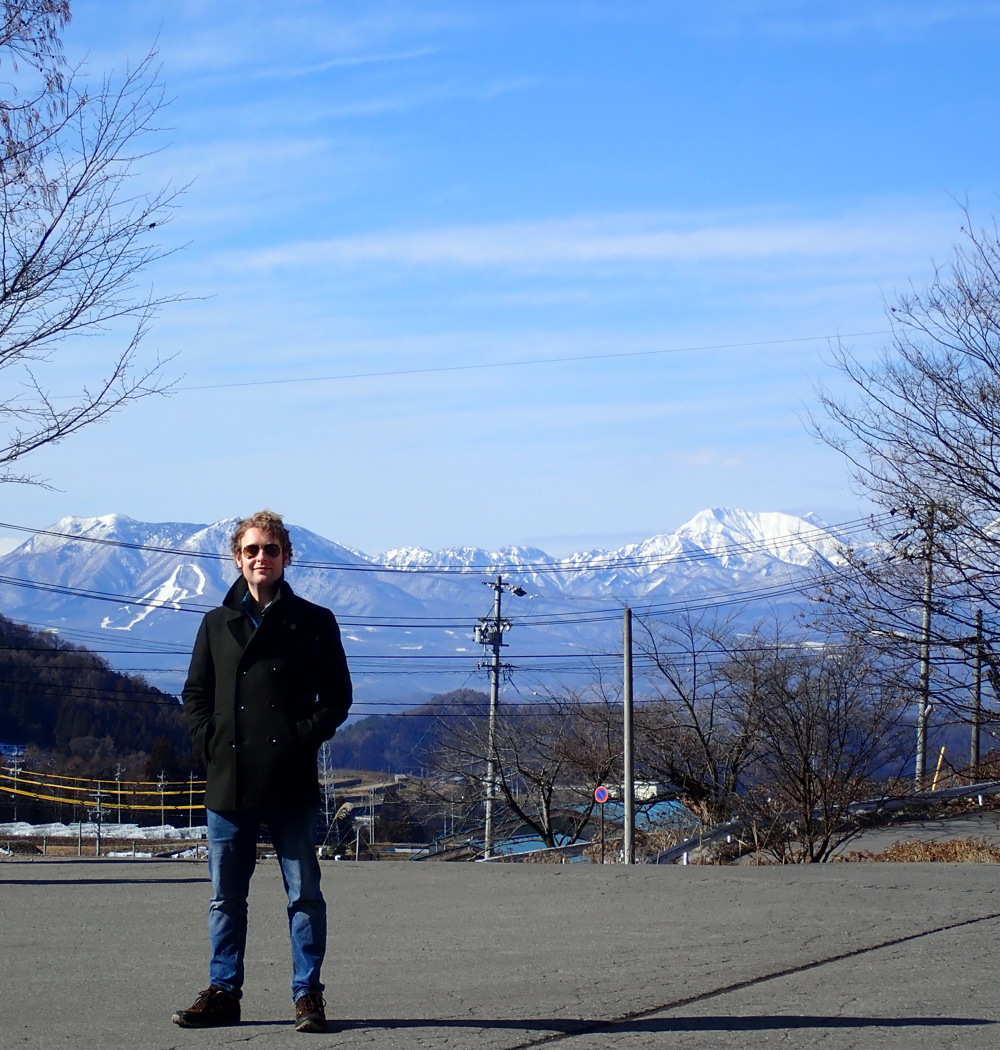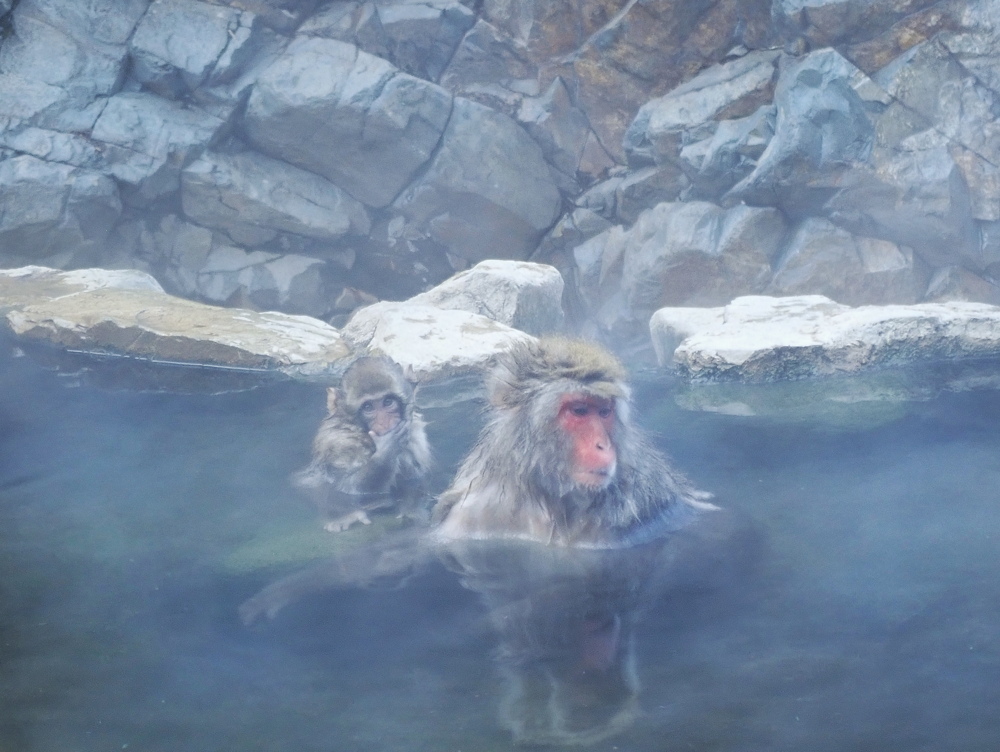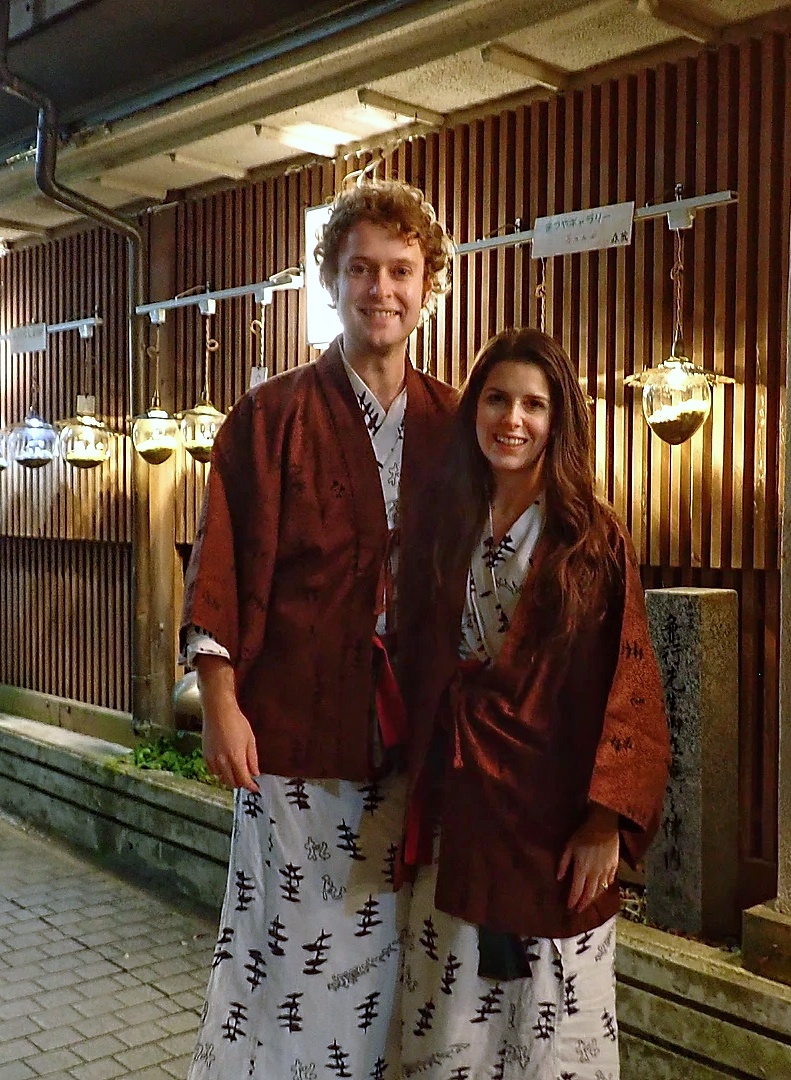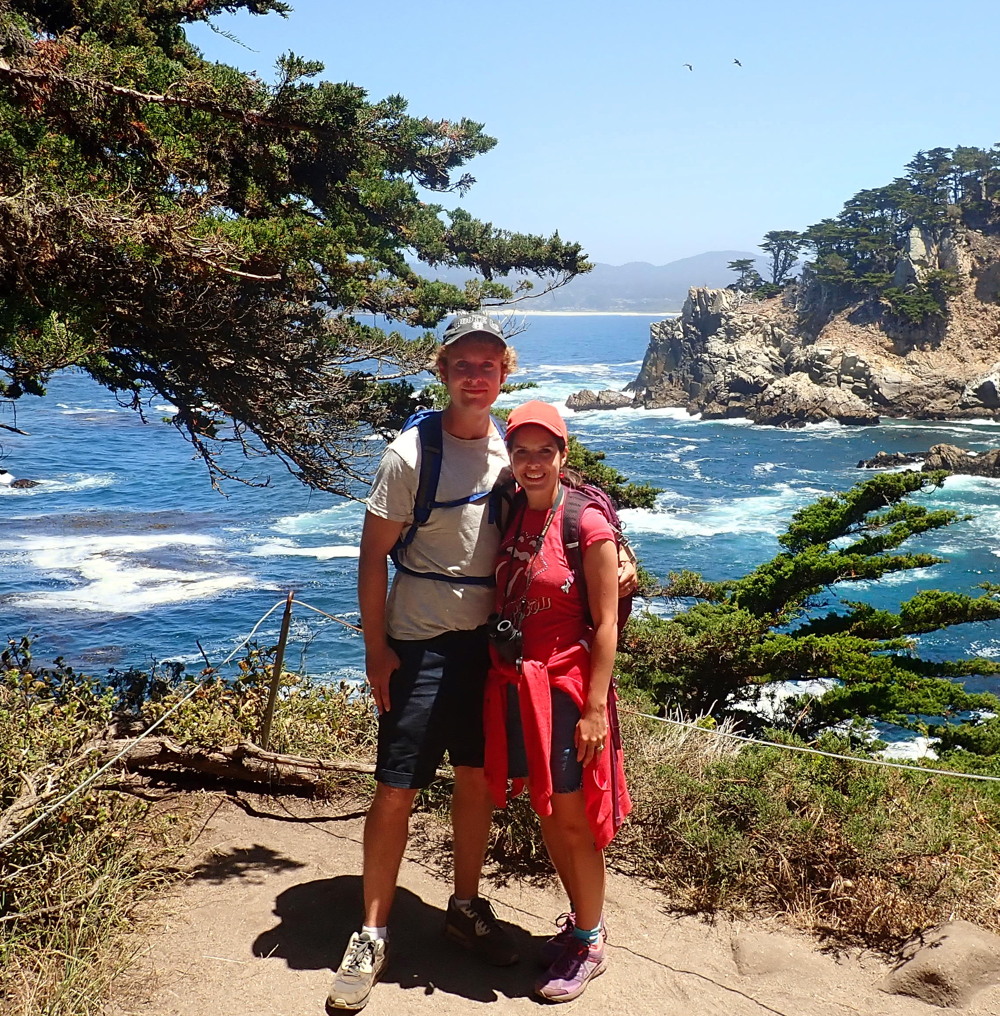10 reasons why you should visit Japan in winter
Disclosure: Bear in mind that some of the links in this post are affiliate links and if you go through them to make a purchase we will earn a commission at no additional cost to you. We chose these companies / hotels because of their quality and not because of the commission we receive from your purchases.
Japan’s most popular tourist seasons are late March/early April for the Sakura (cherry blossom) season, and again in November for the beautiful Fall colors. During these periods, popular sights are prohibitively busy and prices for flights and hotels skyrocket – far better to save your money (and sanity) and travel over winter time! Still not convinced?
Here are 10 reasons why you should plan a winter trip to Japan:
1. Peace and quiet.
We’ve all seen the horrendous photos of hordes of people squeezing through the narrow paths of Arashiyama Bamboo Grove – not exactly the zen experience they had imagined before catching the train there! However, head to Japan in January after the popular Christmas/New Year period (Usually December 27th to January 4th, and weekends either side) and you can totally avoid the massive crowds. Arrive at typically popular sights like Senso Ji in Tokyo, Fushimi Inari and the old streets of Kyoto before 9am and you may well have them to yourself! Deserted Arashiyama Bamboo Grove
Deserted Arashiyama Bamboo Grove
We hiked to the top of Fushimi Inari with maybe 12 other people dotted around us, and at 8:30 in Arashiyama Bamboo Grove, we were 2 of about 6 people in the entire area. Walking though the shady greenery by ourselves, listening to the wind rattle the bamboo overhead was very special.
2. It’s cheaper!
Japan is a notoriously expensive destination, particularly during peak seasons like the cherry blossom viewing in spring, but travel in winter and you can find some bargain flights and hotel rooms! The exceptions to this would be over the Christmas/New Year period. We went mid-January until the end of the month and found it easy to find very affordable accommodation.
3. The weather is beautiful.
Summers are wet and humid and September/October brings typhoons, but crisp blue skied winters are very pleasant in Japan. If you are there in snowy weather, the ancient temples and streets look even more special. In January we experienced mild temperatures similar to the UK at home, ranging from around 5-10 degrees Celsius. One day even got to 16 degrees! Which leads us to…
If you are there in snowy weather, the ancient temples and streets look even more special. In January we experienced mild temperatures similar to the UK at home, ranging from around 5-10 degrees Celsius. One day even got to 16 degrees! Which leads us to…
4. Much much better chances of seeing Mt Fuji!
Ah the elusive Fuji-san, the white whale of tourists. Tallest mountain in Japan, UNESCO World Cultural Heritage site and one of the most iconic images of the entire country, and yet so darn tricky to actually see!!
Most of the year, this enormous sleeping volcano (yes, did you know Mt Fuji is still technically active? We didn’t!) is swathed in cloud, or the humidity makes it too hazy to see the distant peak. But in winter, the clear skies and dry air, especially in December and January, mean that Fuji is visible far more often than other months of the year.
Typically November to February give the best odds, while travellers in April – August are the least likely to see the mountain. Up your chances further by timing your chances further by looking for Fuji in the early hours. 8am seems to be the best time statistically
5. ‘Tis the season to visit the snow monkeys!
North of Tokyo in Yudanaka, walk through snowy pine forest to watch fluffy macaques relax in steaming hot springs. You may have seen these cute critters on David Attenborough’s Life series, and visiting them in their home at Jigokudani Snow Monkey Park is actually really easy. You can either do it as a slightly mad day trip from Tokyo by catching a Shinkansen to Nagano and joining a guided bus tour, or (our favourite and recommended option) make reservations in a traditional hotel in nearby Shibu Onsen. Your hotel will provide early transport to Jigokudani the next morning and this gives you the advantage of arriving way before the tour groups! Of course, the monkeys live in the park year-round and will still be scrambling around the valley should you visit in summer time, but they are far more likely to be chilling in their hot tub (which is what we all really want to see!) when the weather is cold.
Of course, the monkeys live in the park year-round and will still be scrambling around the valley should you visit in summer time, but they are far more likely to be chilling in their hot tub (which is what we all really want to see!) when the weather is cold.
6. There is awesome skiing
If you love snow sports, January is the peak season for skiing and snowboarding in Japan. From Tokyo, head to Nagano, home of the 1998 Winter Olympics, or fly to the northern most prefecture, Hokkaido, for a longer season and very dry powder snow.
7. Sapporo Snow Festival is everything…
Also on Hokkaido is the jaw-dropping Sapporo snow festival. For one week in early February, Odori Park is home to hundreds of amazing snow and ice sculptures, some as big as buildings – previous festivals have included replica Japanese castles and even London’s St Paul’s Cathedral!
Buy a warm drink and be sure to stick around after dark to watch the illuminations, including projections beamed directly onto the sculptures. Although the festival itself is in February, you can see the sculptures being created for about a month before hand, so well worth a visit if you’re there for January ski season.
8. Stunning winter illuminations.
Back in Tokyo, feel all festive as you explore the beautiful winter lights installations throughout the city. Caretta Shiodome shopping complex near Shimbashi station annually tops the lists of best illuminations, while the trees lining the leafy boulevard of Omotesando are festooned with close to a million fairy lights. The Tokyo Skytree is lit up in festive colours and has a German style Christmas market around it, and Roppongi Hills is dazzling this time of year, complete with a big Christmas tree outside Roku Roku plaza.
Every December in Kobe, the amazing Kobe Luminarie festival commemorates the 6,000 lives lost the Great Hanshin Earthquake of 1995. Originally created for one year only in order to raise hope and donations, the illuminations proved so popular that they have been celebrated every year since.
9. Saki tastes even better
Escape the cold, curl up in a cosy izakaya pub with a cup of hot sake and let the rice wine warm you from inside out. Equally, a steaming bowl of ramen will also hit the spot!
10. You can warm up in an onsen
As mentioned in reason 5, if you do stay over in Shibu Onsen, spend some time imitating the snow monkeys in your own toasty hot springs. Spend the afternoon visiting all nine public bathhouses in Shibu Onsen before having dinner in your ryokan - only people staying in the town can have a key to the baths, and your hotel will provide traditional yukata robes and wooden geta to wear as you walk around the town.  Be aware that in accordance with onsen culture, you need to bathe naked (genders are separated into different buildings), but once you've got over the initial "oh wow I'm so naked" moment, it's actually very liberating!
Be aware that in accordance with onsen culture, you need to bathe naked (genders are separated into different buildings), but once you've got over the initial "oh wow I'm so naked" moment, it's actually very liberating!
There are many onsen towns throughout Japan, as all of the islands are volcanic – other top recommendations would be in Hakone, 2 hours from Tokyo by train, and Lake Kawaguchiko, where on a clear day you can enjoy Mt Fuji views from the bath!
Hopefully we’ve convinced you that there is more to Japan than spring blossom and autumn leaves – for a magical, peaceful, affordable trip, visit over wintertime. You won’t regret it.
Pictures and written by our guest reporters Emma and David Thomas:
Click here for their blog & here to find them on Instagram